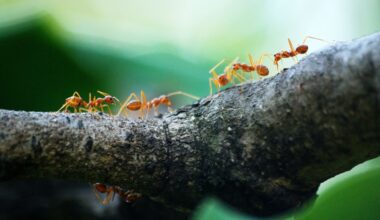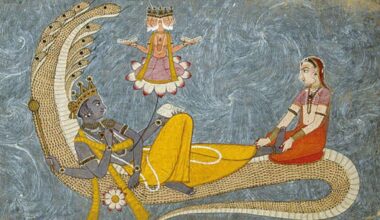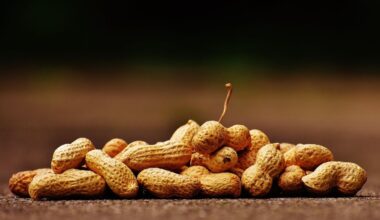Kangaroos, the emblematic marsupials of Australia, captivate with their unique adaptations, remarkable locomotion, and diverse species. These iconic creatures, known for their distinctive hopping gait and nurturing pouches, embody the essence of the Australian wilderness. Exploring their fascinating traits, evolutionary journey, habitat, and the question of their suitability as pets unveils a captivating narrative of these incredible animals.
10 Interesting Facts about Kangaroos
Unique Locomotion: Kangaroos are the only large animals that use hopping as their primary means of movement. Their powerful hind legs and muscular tails aid in this distinctive hopping gait, allowing them to cover large distances efficiently.
Marsupial Mammals: Kangaroos belong to the marsupial family, characterized by giving birth to relatively underdeveloped young that continue their growth and nursing inside a pouch. Joeys, as baby kangaroos are called, spend significant time in their mother’s pouch until fully matured.
Size and Varieties: Kangaroos vary in size, from the smaller wallabies to the robust red kangaroos, which can reach heights of over 6 feet and weigh up to 200 pounds.
Grass-Eating Herbivores: They are herbivores, primarily feeding on grasses, shrubs, and leaves. Their specialized digestive system allows them to extract maximum nutrients from low-quality vegetation.
Social Animals: Kangaroos are generally social creatures, often found in groups called mobs or troops. They exhibit complex social structures and communicate using various sounds, gestures, and movements.
Extraordinary Jumpers: Known for their incredible jumping abilities, kangaroos can leap distances of up to 25 feet horizontally and reach speeds of over 35 miles per hour.
Adaptation to Arid Environments: Kangaroos are well-adapted to the harsh Australian outback. They can survive in arid regions by conserving water and adjusting their metabolic rate.
No Sweat Glands: Kangaroos lack sweat glands, and to cool down, they lick their forearms, allowing the moisture to evaporate and regulate their body temperature.
Conservation Status: While some species of kangaroos are abundant and widespread, others, such as the tree kangaroos, are classified as endangered due to habitat loss and hunting.
Cultural Symbol: Kangaroos hold significant cultural importance in Australia, often depicted on national emblems and coins, representing the country’s unique wildlife.
Habitat and Evolution
Kangaroos are primarily found in Australia and its surrounding islands. They inhabit a range of environments, from forests and woodlands to grassy plains and coastal areas. Evolutionarily, they belong to the family Macropodidae, which dates back around 25 million years.
Kangaroos as Pets
In many parts of the world, keeping kangaroos as pets is illegal due to their protected status and specialized care requirements. Additionally, their social needs, dietary demands, and need for ample space make them unsuitable for domestic settings. In Australia, where they are native, strict regulations govern their ownership, and permits are required for rehabilitation or care purposes.
Kangaroos are iconic symbols of Australia and stand out for their unique adaptations, remarkable abilities, and cultural significance. While their presence in the wild enriches ecosystems and captivates admirers worldwide, their specialized needs and protected status make them unsuitable as pets for most people, emphasizing the importance of conservation efforts to safeguard these extraordinary marsupials in their natural habitats.










